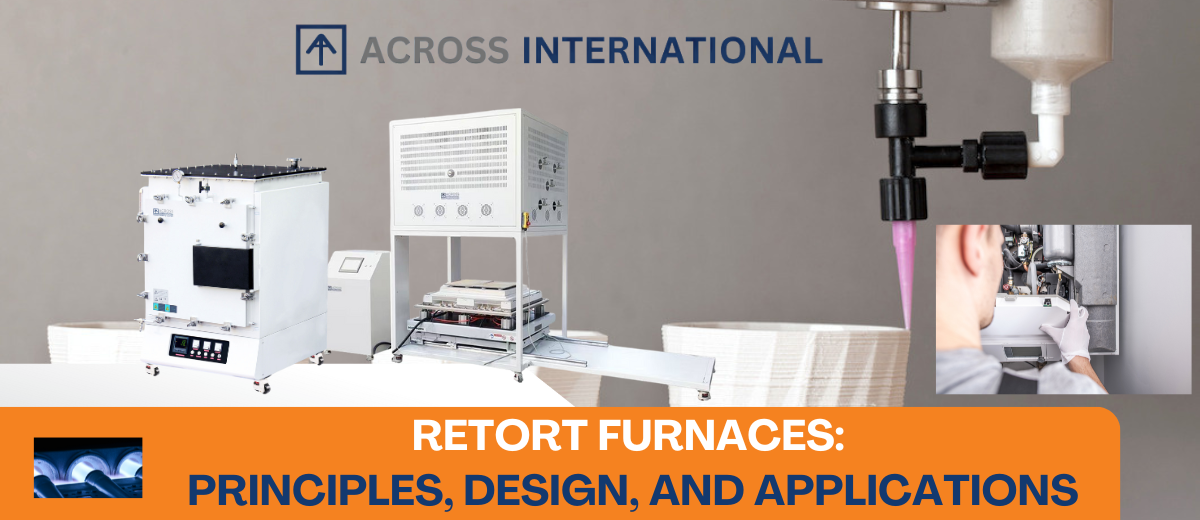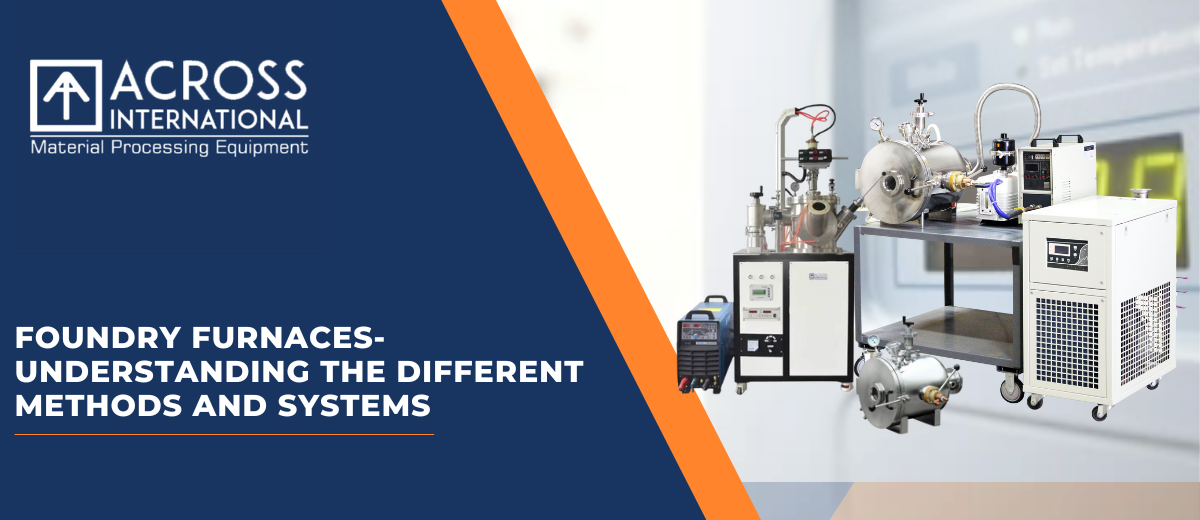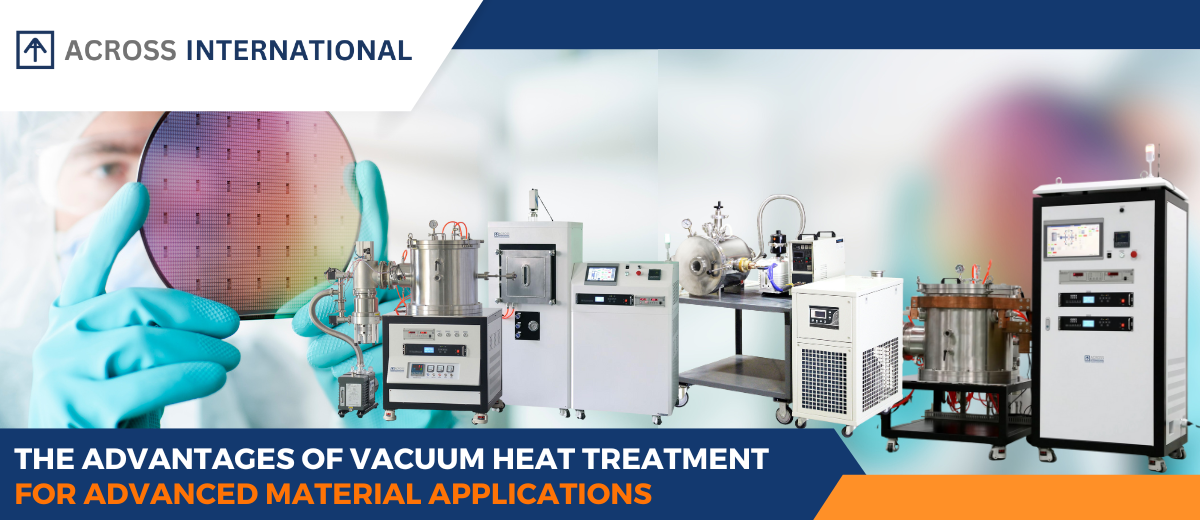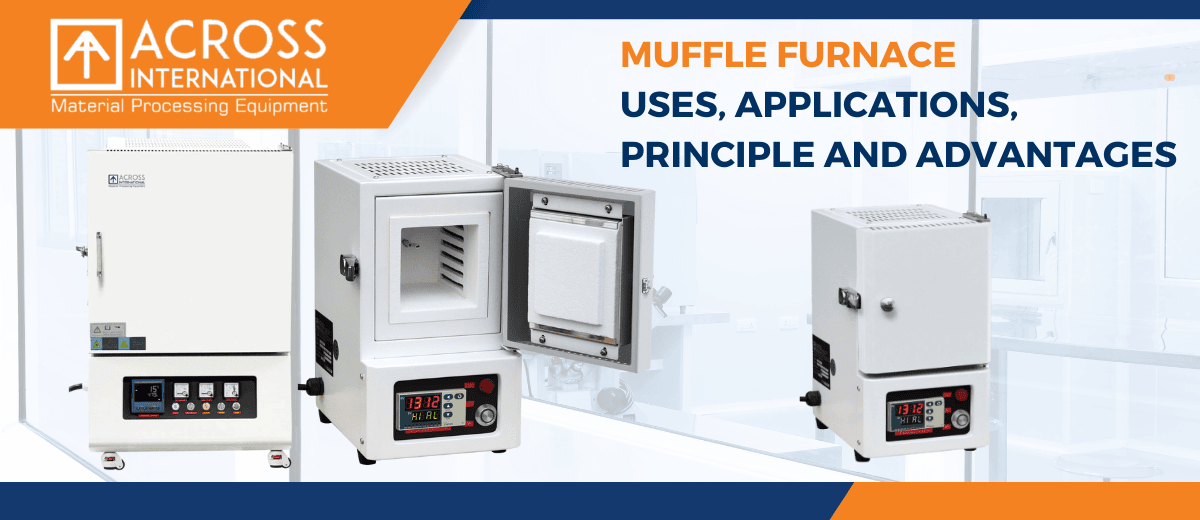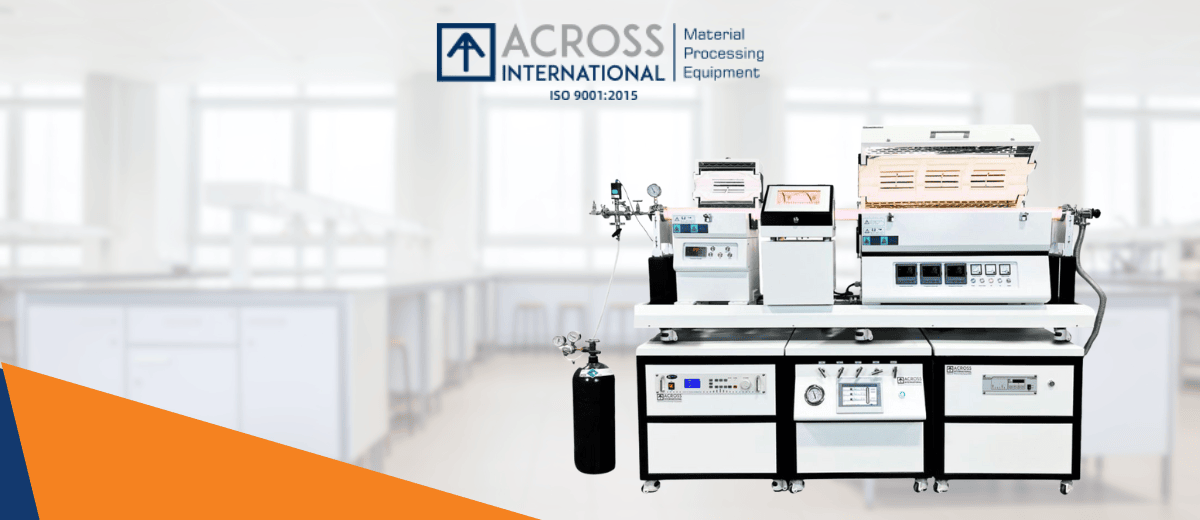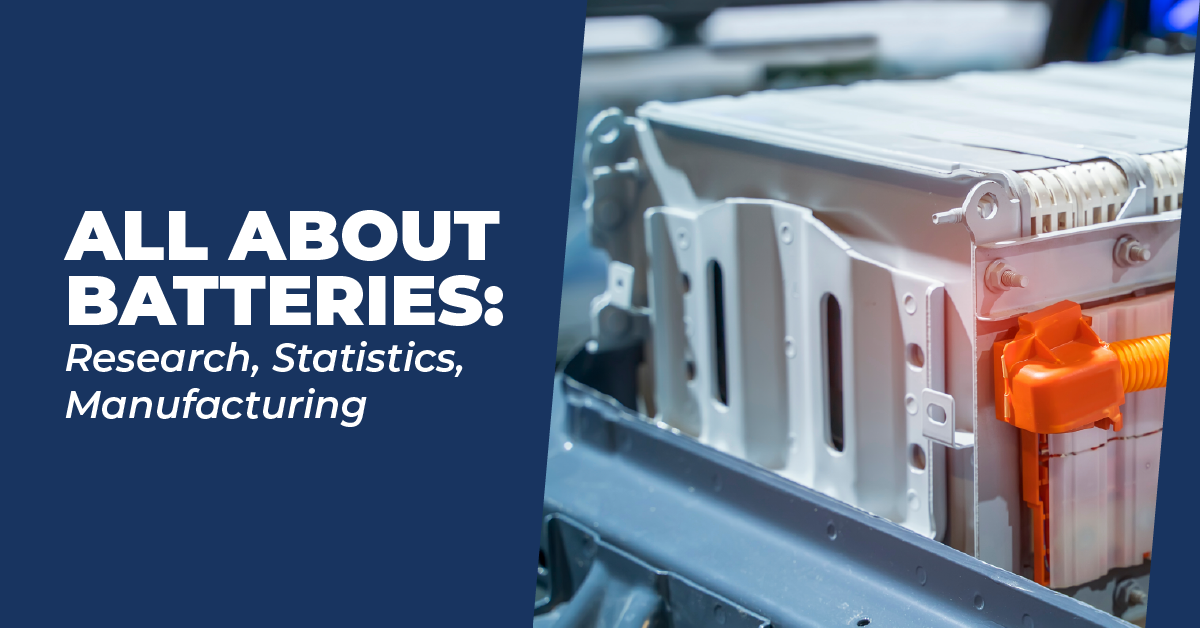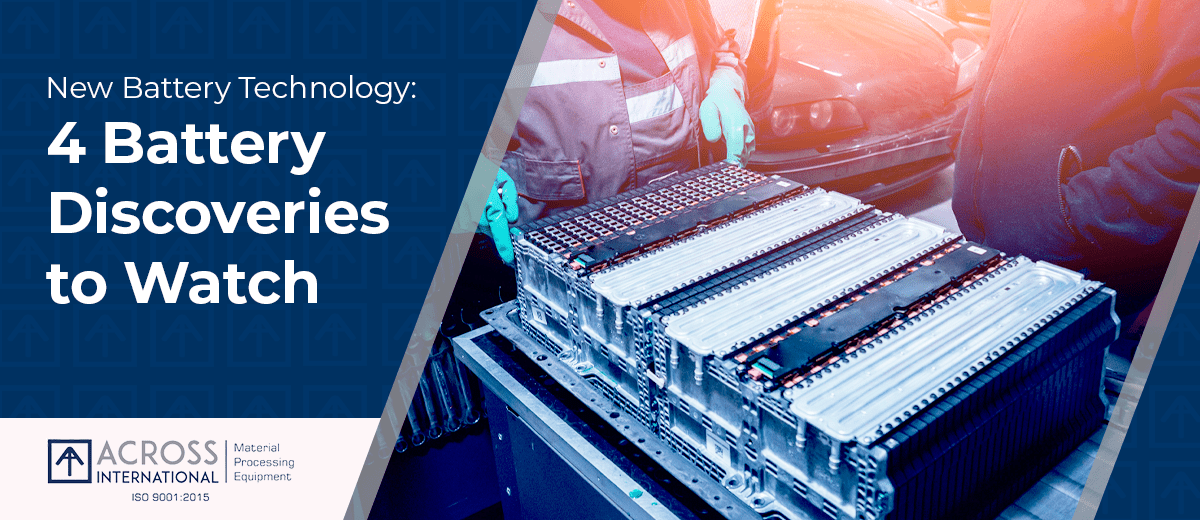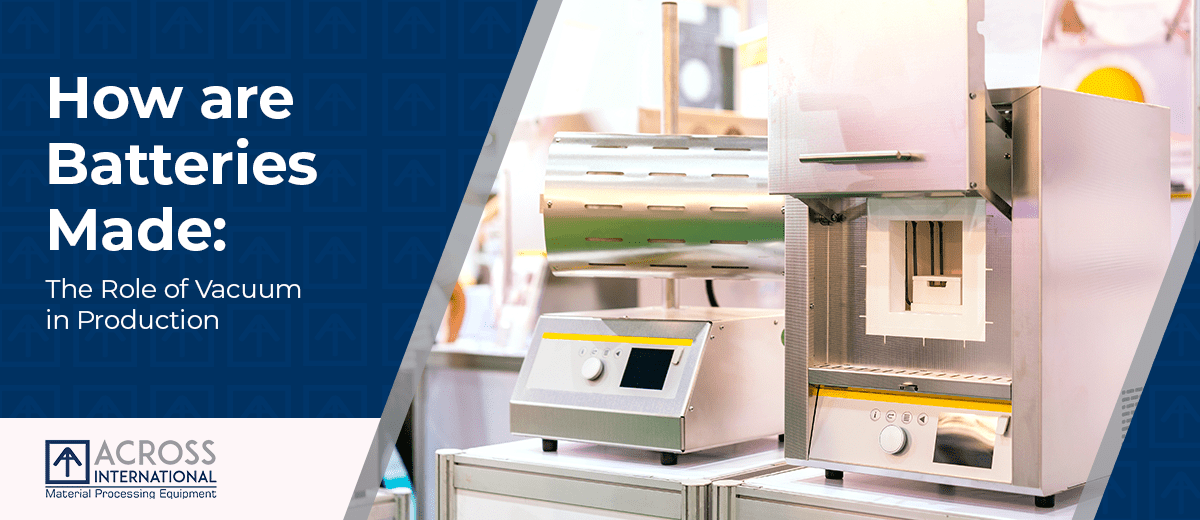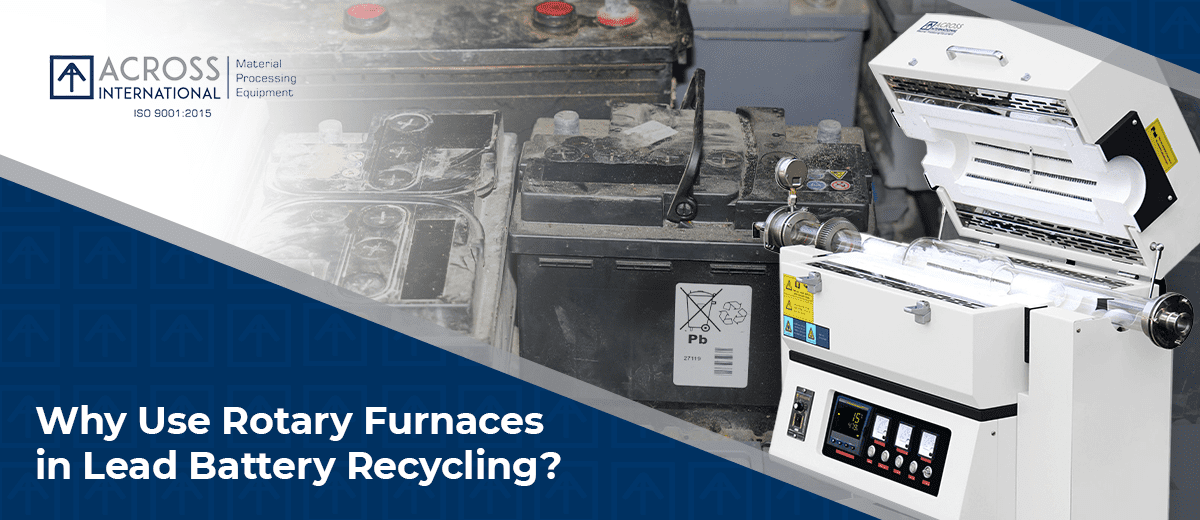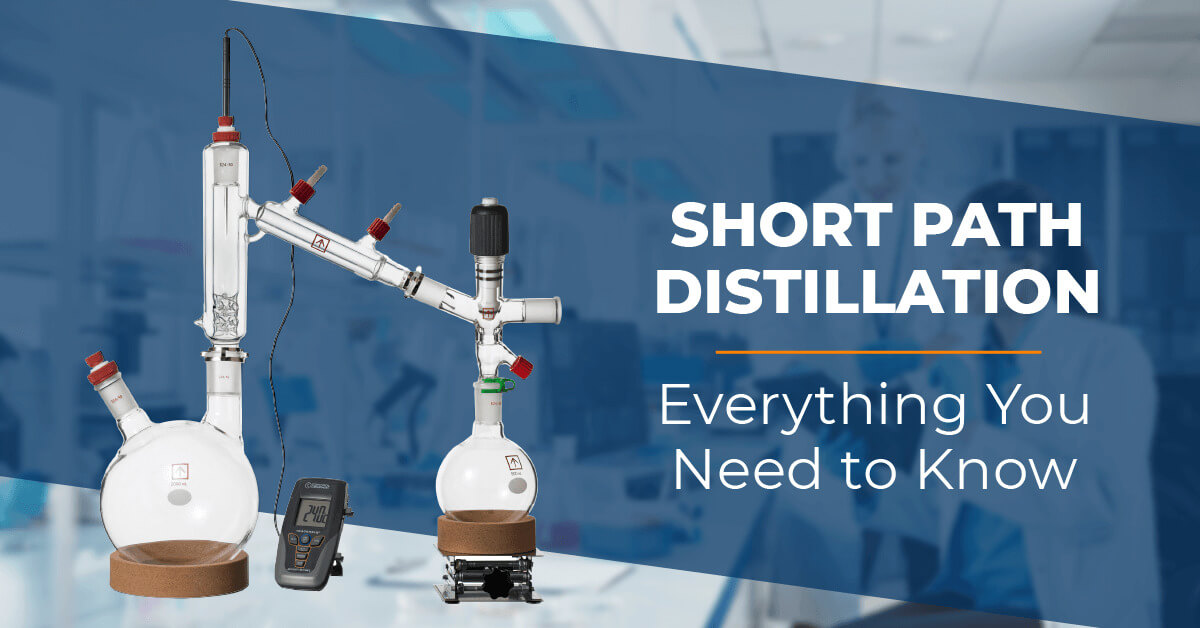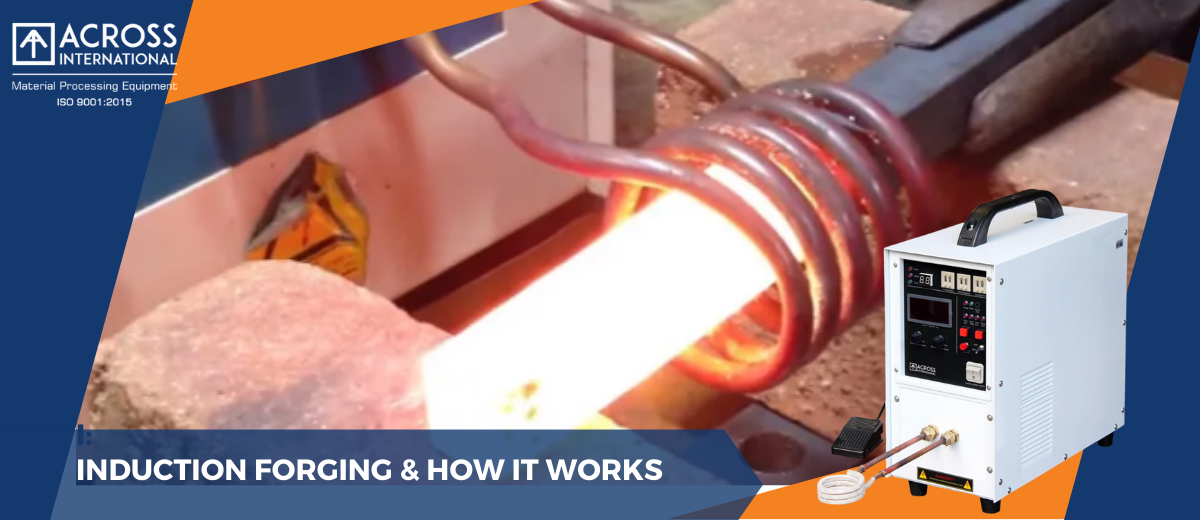
Induction forging is a method of heating metal to the forging temperature by using induction heating. A die is then used to form the metal. Induction forging has several advantages over traditional forging technologies, including:
Faster heating cycles : Induction heating can heat metal to its forging temperature much faster than traditional methods, such as gas or electric furnaces. This can lead to significant productivity gains.
Precise temperature control : Induction heating allows for very precise temperature control. This is important for ensuring that the metal is heated to the correct temperature for forging. Overheating can weaken the metal, while underheating can make it difficult to shape.
Uniform heating : Induction heating heats the metal evenly, which results in more consistent forgings. This is important for applications where strength and precision are critical.
Reduced defect scale : Induction heating produces less scale than traditional methods. Scale is a hard, brittle layer that can form on the surface of metal during heating. It can weaken the metal and make it difficult to machine.
Improved surface finish : :Induction heating can improve the surface finish of forged parts. This is because the metal is heated more evenly, which reduces the formation of scale and other defects.
Reduced energy consumption : Induction heating is more energy efficient than traditional methods. This is because the heat is generated directly within the metal, rather than being transferred from the surrounding air.
Overall, induction forging is a very adaptable and efficient technique with several advantages over previous methods. It is an extremely useful tool for manufacturers of a wide variety of products, including aerospace, automotive, and medical components.
Here is a step-by-step overview of how induction forging works:
* The metal to be forged is placed in a coil that is connected to an induction heating machine.
* An alternating current is passed through the coil, which creates a magnetic field.
* The magnetic field induces an electric current in the metal, which causes the metal to heat up.
* The metal is heated to its forging temperature, which is typically between 1,100 and 1,200 °C (2,010 and 2,190 °F).
* The metal is then shaped using a die.
* The forged part is then cooled.
Here are a few more advantages of induction forging:
Environmental impact has been reduced. Induction heating emits less pollution than standard heating techniques like gas or electric furnaces. This is due to the fact that no fuel is required to heat the metal.
Increased security. Induction heating is a safer technique of heating than older methods. There is no danger of a fire or explosion, and the operator is not exposed to dangerous gases.
Increased flexibility. Induction heating can be used to heat a wide variety of materials, including steel, aluminum, and titanium. It can also be used to heat metal in a variety of shapes and sizes.
These benefits make induction forging an attractive option for manufacturers who are looking for a more efficient, environmentally friendly, and safe way to heat metal.
Induction forging is a versatile process that can be used to forge a wide variety of metals, including steel, aluminum, titanium, and copper. The process is also used to forge a wide variety of parts, including gears, shafts, and stampings.
Contact our Tech Specialist to help you better understand the benefits forging with induction heating can bring to your process. Request for Free Testing
Request Compliementary Lab Testing Service :
We will design and test the optimal induction heating solution for your application follow these easy steps :
1. Send us your parts and process requirements.
2. Our engineers will analyze your process and heat your parts to develop the right solution for your specific application.
3. You will receive your parts back for inspection as well as a video of the heating process of your parts, and a laboratory report with a system recommendation.


